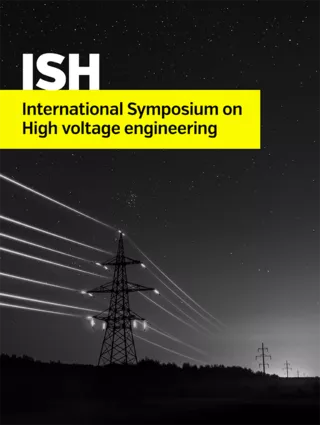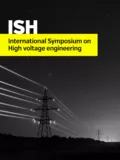Summary
The high voltage insulators, located in Transmission Lines, are susceptible to physical degradation, from the atmospheric pollution, beyond the action of vandals. Due the great importance that insulators have for the supply of the electric energy, they must be inspected periodically, to avoid interruption of power supply when a failure appears. The main function of insulators is to ensure the electric isolation between the conductors and the towers that sustain the cables. Besides that, the insulators are used for physical support of the cables wherever the energy goes. Therefore, they need to have a great insulation capacity on the terminals, and to support high weights. Non-invasive methods such as ultrasonic noise, corona, infrared radiation and radio frequency, are used to rate insulators. In this work, the analysis is focused on the radio frequency signals. The aim of this paper to make an analysis on radio frequency signals emitted by insulators. These signals were obtained from field and from laboratory experiments. As a differential from previous works, the research brings analysis of the signals in frequency and also in time domain. For the field experiments, was chosen a tower in a transmission line of 230 kV, at Malvinas, in Campina Grande, Brazil. The tower was chosen because it was in a location favorable to transport the equipments and for people locomotion. Five measurements in field were performed in different times in the morning and afternoon. In order to estimate the pollution level of isolators located in field, the amount of precipitation, rainfall amounts, during five days preceding the measurement was observed. Thus, it assumes that the greater the rainfall intensity, the cleaner the insulator is. The experiments carried out in laboratory, in a controlled environment, were used to investigate the connection with the signals measured on the field. Measurements were performed with the insulator completely clean, and with another insulator polluted artificially, with the conductivity of 72 mS/cm. The same measurement equipments were used in all the experiments. A log-periodic antenna whose range of operation is between 10 MHz to 1.5 GHz, was used. An oscilloscope captured the signal. The oscilloscope can provide the signals on time and frequency domain. The analysis of the results, measured on time and frequency domain, showed that between 20 MHz to 55 MHz it was possible to identify different patterns between the measurements in field and in laboratory. Analyzing the measurements in time domain, in particular, the waves of the signal, it was found peaks on the signal intensity on laboratory measurements different from field measurements. The hypothesis for this event is that the distance between the insulator and the antenna, inside the laboratory, is smaller than the distance in field. Due to this smaller distance, the antenna in the laboratory measurements captured, also, partial discharges.
Additional informations
| Publication type | ISH Collection |
|---|---|
| Reference | ISH2017_490 |
| Publication year | |
| Publisher | ISH |
| File size | 703 KB |
| Pages number | 6 |
| Price for non member | Free |
| Price for member | Free |
Authors
DHALIWAL, VATERRODT, BENNETT



